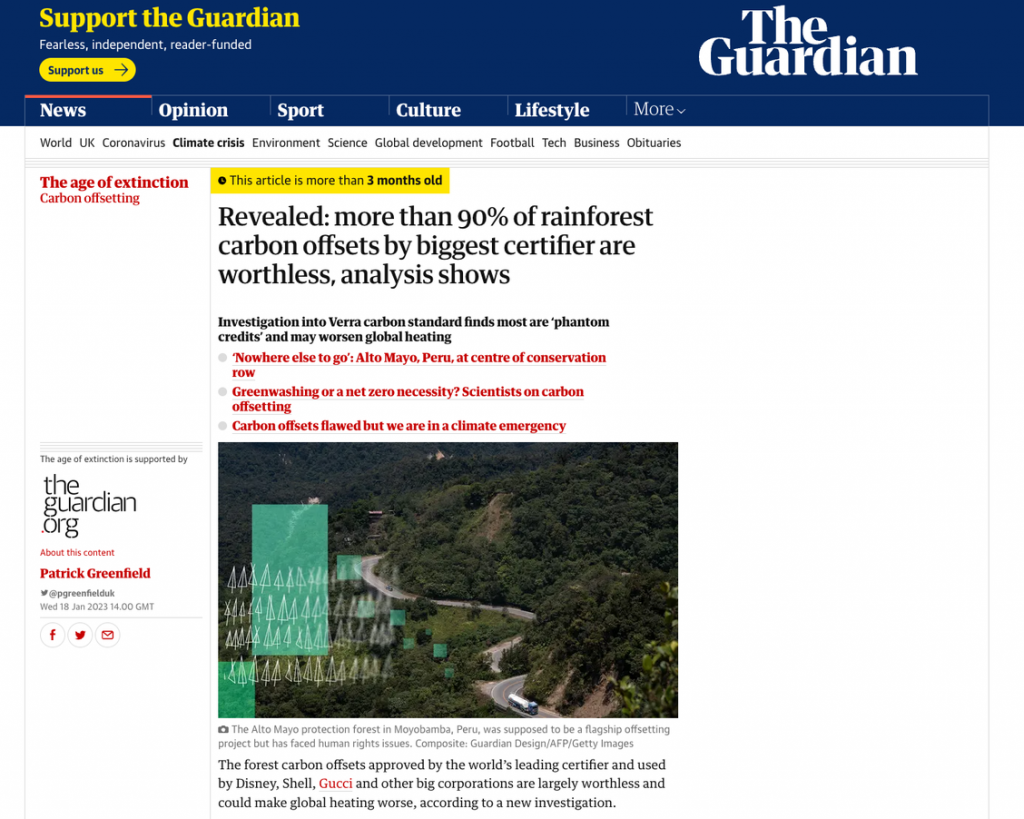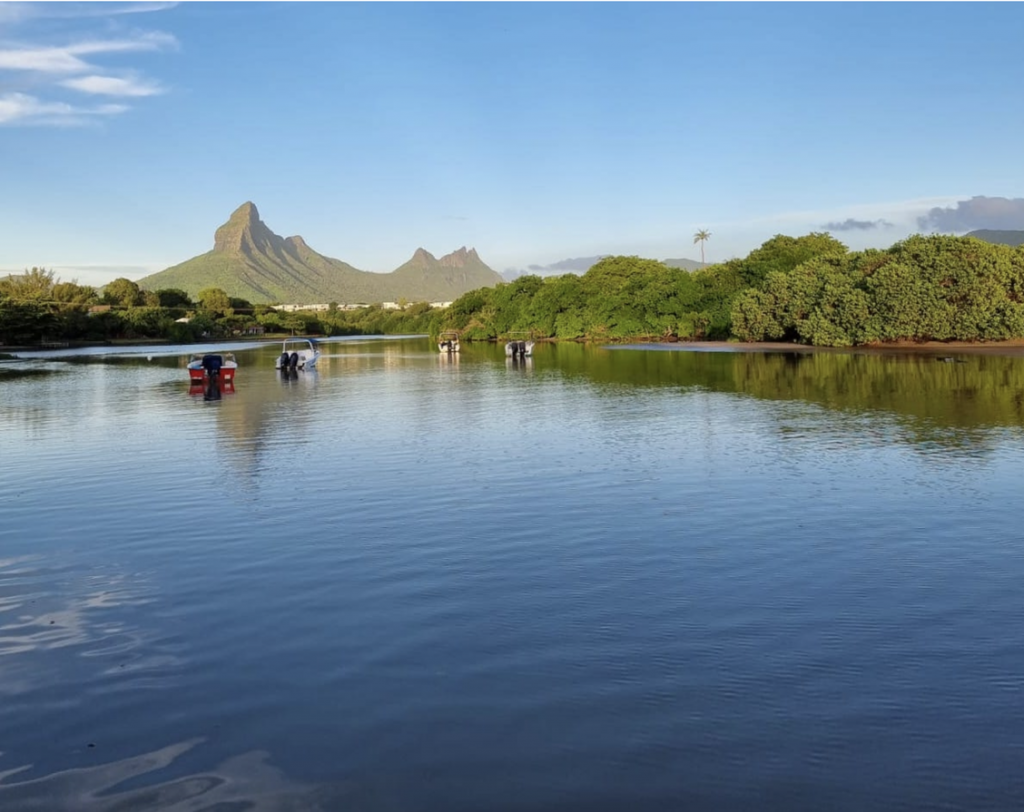- 🇪🇺 Conversations with some of our programme’s masterminds in Brussels
- 🛠️ New resources and tools for your on-the-ground project use
- 👀 A closer look at both low-tech (grass!) and high-tech (carbon offsetting 😳) tools you might want to employ
- 🇲🇺 Reflections from our Mauritius project

Without getting people on board, we will not be able to achieve the kind of goals that we set out originally for the landscape. It will really not happen if we don’t get to have everyone sitting around the same table – the same virtual table, if you will – and agreeing on some of the basic visions for what is going to be done in the landscape.
– Niclas Gottmann, Policy Officer Land and Environment, DG INTPA, European Commission
EVENTS SPOTLIGHT
Common Ground in Brussels
The Central Component led a session at the European Commission’s 2023 INTPA-NEAR Environment and Climate Change Week in Brussels last month. Titled ‘Common Ground’, Kim Geheb’s presentation showcased the potential and realities of Integrated Landscape Management, by showcasing examples from a number of the LFF projects.
The next day, Kim sat down with the EC’s Bernard Crabbé and Niclas Gottmann to discuss how an ILM approach can be applied across EC programming. He started by asking them each what their key impressions from the session were.
I would say the power of these landscape approaches. We could see how they really unlock development processes in different places. It was amazing to see the diversity of perspectives on it, obviously reflecting the diversity of contexts we have in these different countries.
– Bernard Crabbé, Head of Environment and Mainstreaming, DG INTPA, European Commission
Sometimes we tend to think quite linearly, from A to B: we have a plan; we’re going to go through with it; and this is what the outcomes are going to be. Instead, I think we need to be more conscious about the fact that we will have to go back to the drawing board at some point with the input that we’re receiving from everyone who is involved, making sure that everyone has a voice. And taking that feedback seriously: honestly engaging with it. We’re then going to adjust in order to finally have an outcome that benefits everyone involved.
– Niclas Gottmann, Policy Officer Land and Environment, DG INTPA, European Commission
PROGRAMME NEWS
Landscapes for our collaboration
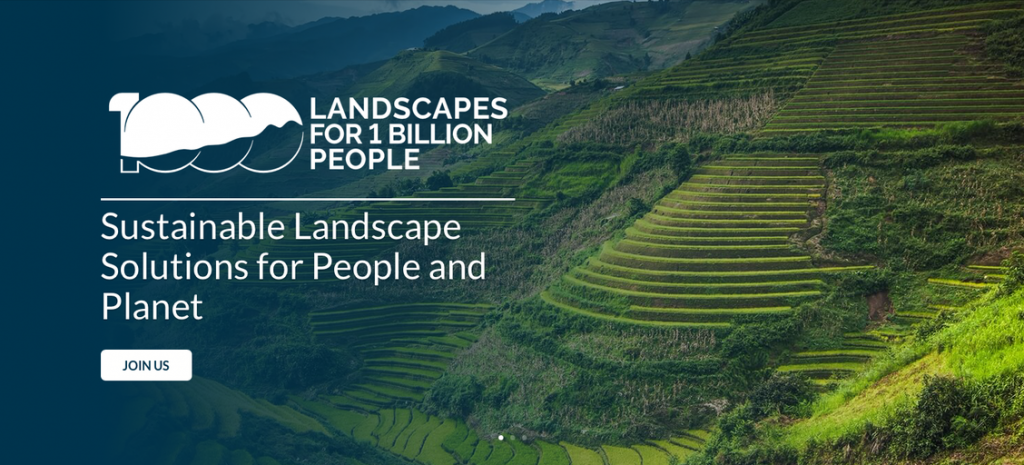
We are delighted to announce a new partnership with an initiative that has impressed us and whose publications we have been promoting. “1000 Landscapes for 1 Billion People (1000L) is a radical collaboration of change agents working together to accelerate landscape efforts to sustain and restore ecosystems, build rural prosperity and confront climate change,” is how the initiative is described on its website. And that’s exactly what we plan to be doing together. 😀
There are massive synergies and mutually-strengthening interest areas between us and the 1,000L programme – not least that we both seem to sing from the same hymn sheet when it comes to how we can do ILM, and how we can use to it contribute to global sustainability and addressing climate change. For us, it was a no-brainer to team with them, so that what we’re both doing goes further and impacts better, and we learn from each other.
– Kim Geheb, Central Component Coordinator, Landscapes For Our Future
Your Knowledge Hub
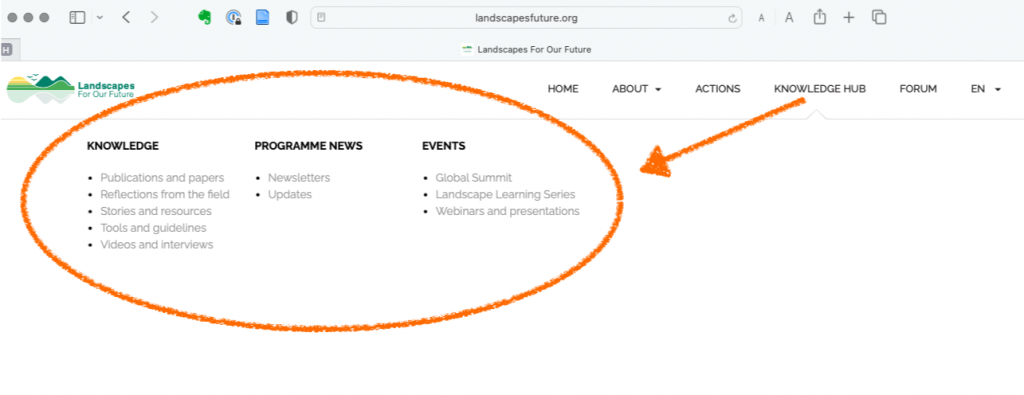
ILM wasn’t born yesterday. There is a significant and growing body of knowledge and resources available, and we’d like to point you in the right direction to find what you need to know as quickly and easily as possible. From academic publications to news from other projects, reflections from the field, interviews to webinars, there’s a wealth of knowledge waiting for you to dig in to.
Just launched: our programme’s picture library
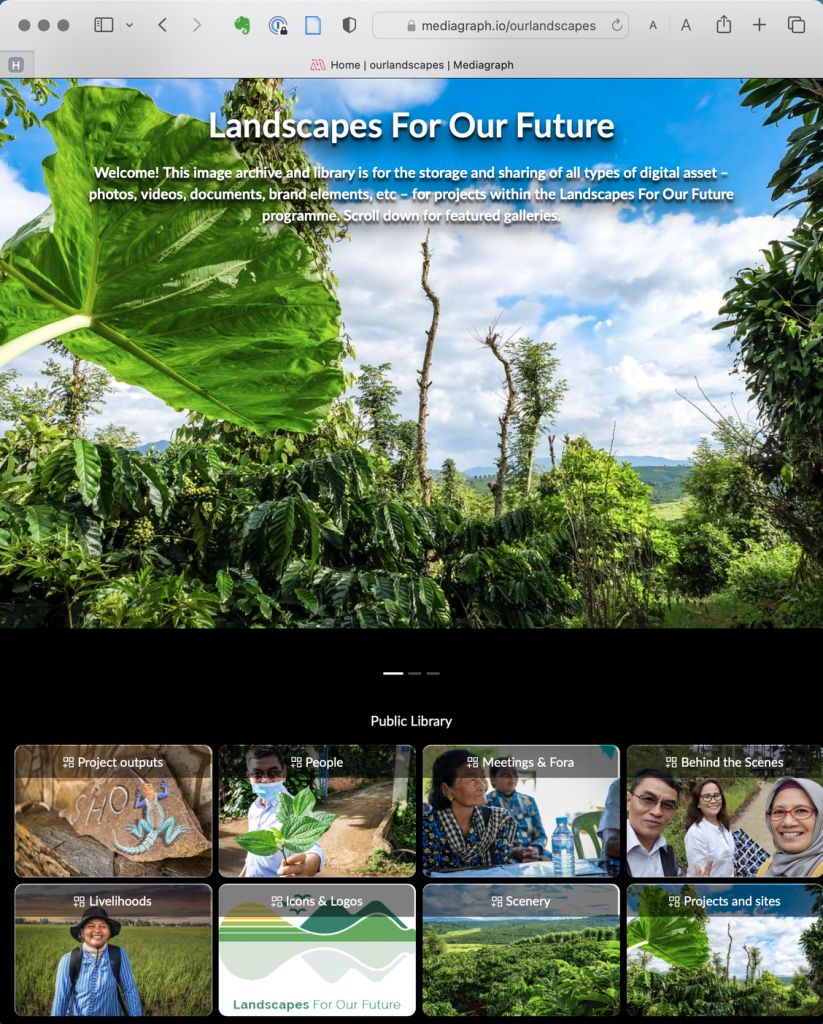
Whether you’re needing to quickly find some pics to illustrate the concept of ILM, or you’re looking for a safe and secure storage spot for your own project’s images, this file vault and public library are for you.
It’s a work in progress, and you’re invited to collaborate. Feel free to download any of the images in the public library, or email Dominique le Roux to request access to use private storage facilities for your project or team.
KNOWLEDGE
ILM Characteristic: Tools
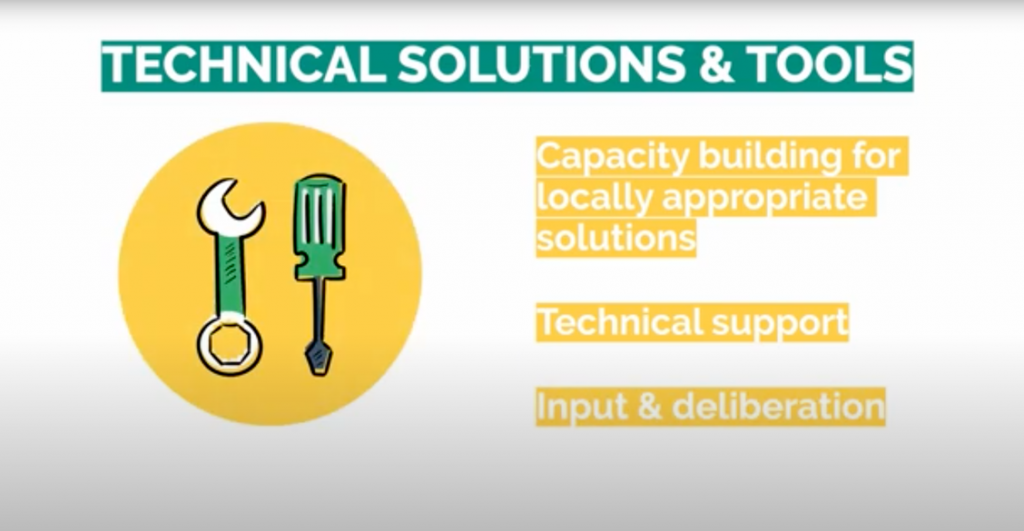
Tools might be the most obvious of the Integrated Landscape Management dimensions – we as the Central Component identify six we believe to be key (here’s a short and snappy overview on YouTube) – but they are simply a means to an end. Technical interventions and techniques are necessary to support ILM processes, usually to enable assessment and monitoring; but more particularly to furnish ILM processes with the knowledge needed to enable deliberation, decision-making and action.
And they’re especially important in the establishment of baselines – both social and biophysical – to allow ILM initiatives to evaluate progress and make adjustments where necessary. Tools may be brought to bear to monitor and assess biophysical parameters – for example remote sensing and associated GIS analysis to assess land-use cover, hydrological systems, or carbon stocks and flows. They can also be deployed as methodologies and approaches to determine social, political or cultural landscapes, or differences amongst stakeholder perceptions of these.
Additionally tools can include the techniques deployed to obtain and enable co-creation by stakeholders, or collaboration.
And then there are the tools that support the retention or procurement of resources. In our examples below, we look at two tools on very different ends of the complexity spectrum:
- the deceptively simple use of grass hedges in soil-loss prevention, and
- the extremely complex world of project financing through carbon accounting.
🛠️ Simple tool: grass as a hedge
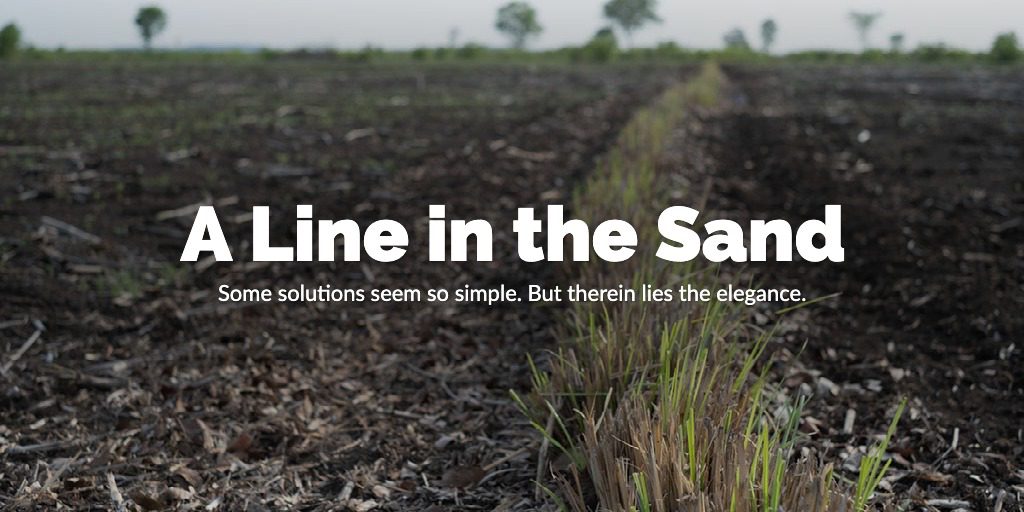
Could a long line of grass hedge against erosion? Zimbabwe’s politics over the past 25 years has been very much defined by land, so there were understandably low levels of trust when a former farmer came in and started planting vetiver grass (Chrysopogon zizanioides) on communal lands. As we found when we visited, this soil loss prevention tool appears to be yielding results. Could it do the same for you?
🛠️ Complex tool: carbon accounting
It’s a mine field, this carbon emissions reductions business, isn’t it? Just when you were getting your head round REDD+ and its potential to fund your Integrated Landscape Management project, along came The Guardian and shot it all to shreds. Should you persist or desist? We, as the Landscapes For Our Future Central Component, can’t answer that for you, but we can provide a collation of info that might help you to blaze a trail through the ruins.
REFLECTIONS FROM THE FIELD
Ridge to Reef
Though the island of Mauritius is famed for its crystal clear waters and white sandy beaches, the members of the Central Component who visited earlier this year were not there for R&R, but rather to learn from the Ridge to Reef (R2R) project that is just beginning to develop momentum. Khalil Walji outlines how the six key ILM dimensions take shape and how they position the team from the National Parks Conservation Authority, to restore and increase native forest cover across the island.
PUBLICATION HIGHLIGHT
Land and soil health assessment tool
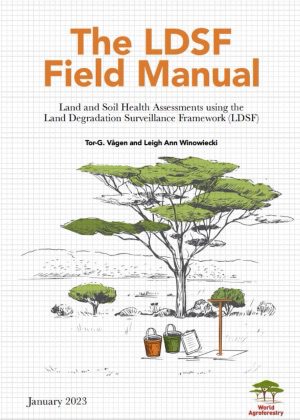
The Land Degradation Surveillance Framework (LDSF) is a simple, practical, yet comprehensive and scientifically robust method, developed by fellow CIFOR-ICRAF scientists, that provides a science-based field protocol for measuring land and soil characteristics, as well as vegetation composition and land degradation status over time.

Integrated Landscape Management (ILM) is integral to the European Union’s (EU) ambitious post-2020 biodiversity and food systems agendas and its commitment to the Paris Agreement and the Sustainable Development Goals. ILM approaches furthermore facilitate an inclusive green recovery consistent with the EU Green Deal. In 2019, the EU launched the five-year Landscapes For Our Future programme, which now supports 22 ILM projects, spanning 19 countries and 3 sub-regions across the Global South.
Want to change how you receive these emails?
You can update your preferences or unsubscribe


